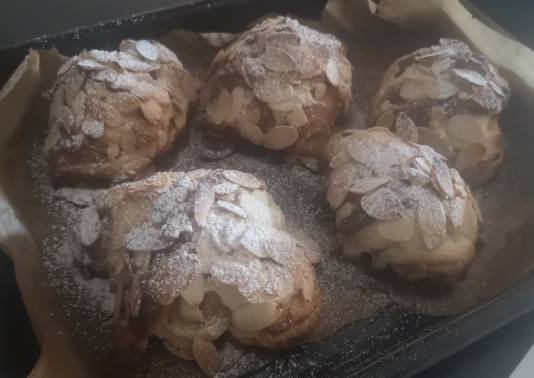During this holidays, I finished “The Antidote“. I think I bought it based on some article from Mark Mason. I was a bit sceptical because I didnt really understand the concept of “Positive Thinking”. In the first chapter, got the point quickly.
Main subject is focused on the wrong approach to extreme positivism and how could be better to focus in the negative, because the way we are defining happiness, we are sabotaging ourselves. That can be difficult to swallow and even more difficult to explain for me. But it is mainly based on the concepts of Stoicism and Buddhism. You are not your feelings, you are not thoughts, and you can’t control others or anything external to yourself. We can’t remove suffering from the world.
As well, there is another chapter for goals. I think it is important to set goals, meaningful ones, for your life but the some extreme (again) goalsetting is counterproductive.
One thing I liked is how we put in a pedestal successful people, how we write and read about them, how we try to find the magical formula for that. But we never read about the failure. And it was quite interesting to read that there is a museum for failed products, that is rarely visited from product managers, marketing executives, etc. The older I get, the more I realised that the kind of success we cheer and read in our cut-throat capitalism, it is just a mere coincidence and probability. I am pretty sure we could find hundreds of examples from people who have the same treats as those successful ones, followed the same process, and failed miserably. So yes, embracing failure and being comfortable with it, is something I believe (and I need to put in practice more often)
As well, the book talks about insecurity and death (memento mori). For the insecurity subject, he makes a lot of references to the “Wisdom of Insecurity” that I have already read but to be honest, I struggled with it. And again, the extreme obsession with security, it is counterproductive, and it is a return again to Stoicism/Buddhism concepts. And for the obsession with death, we are missing the point of leaving the current moment, and accept that is part of “life”. The book mentions “The power of Now” although not directly in this chapter. I have that book in my pile but struggled with it in the very beginning and had to put it back. I will have to give it another go.
In general, I liked the book, it was better than I expected. It touches a lot of subjects that are important for me and I want to follow and I needed a refresh, as I think I lost track lately.
